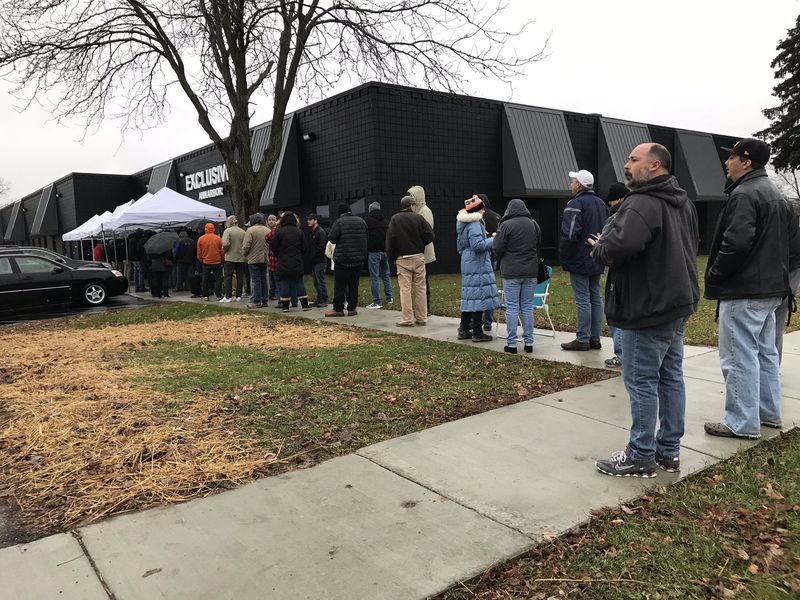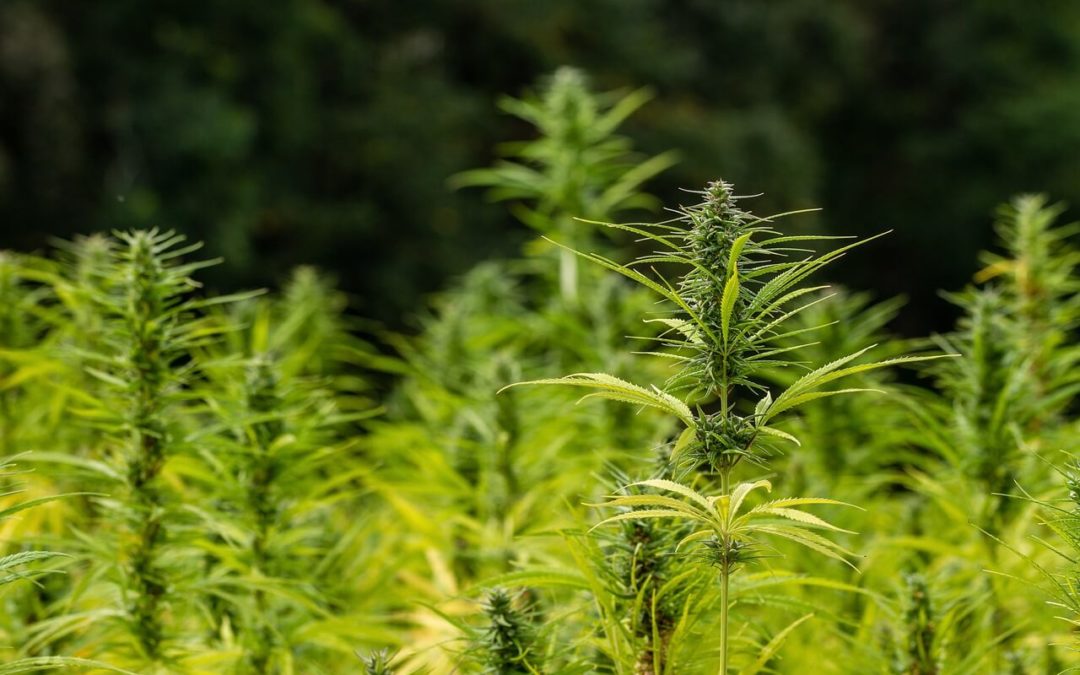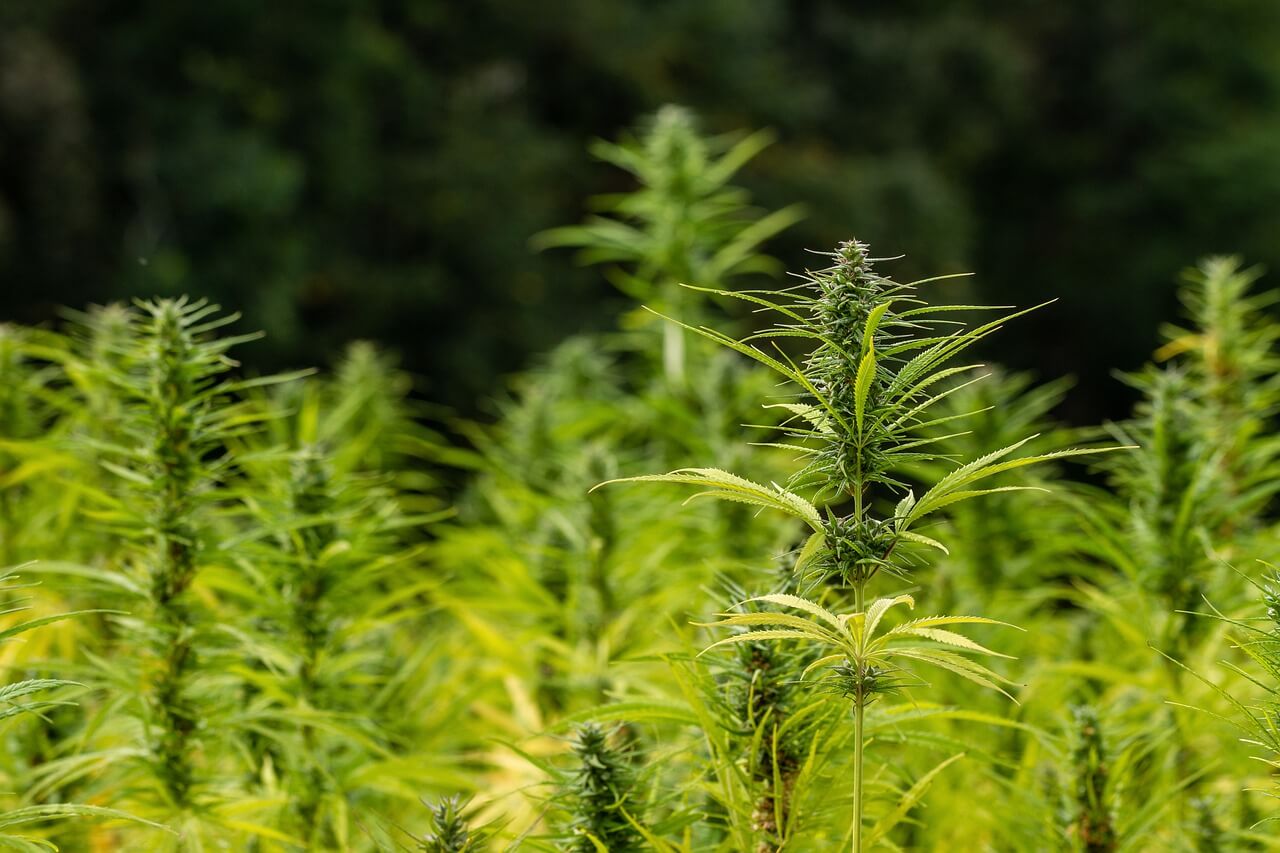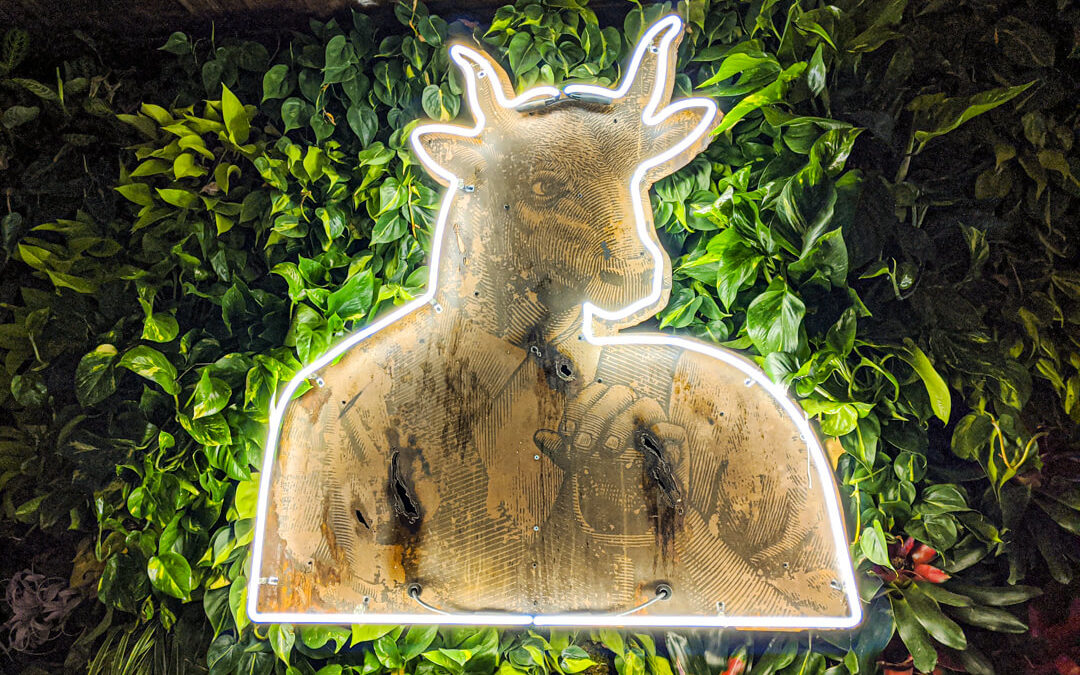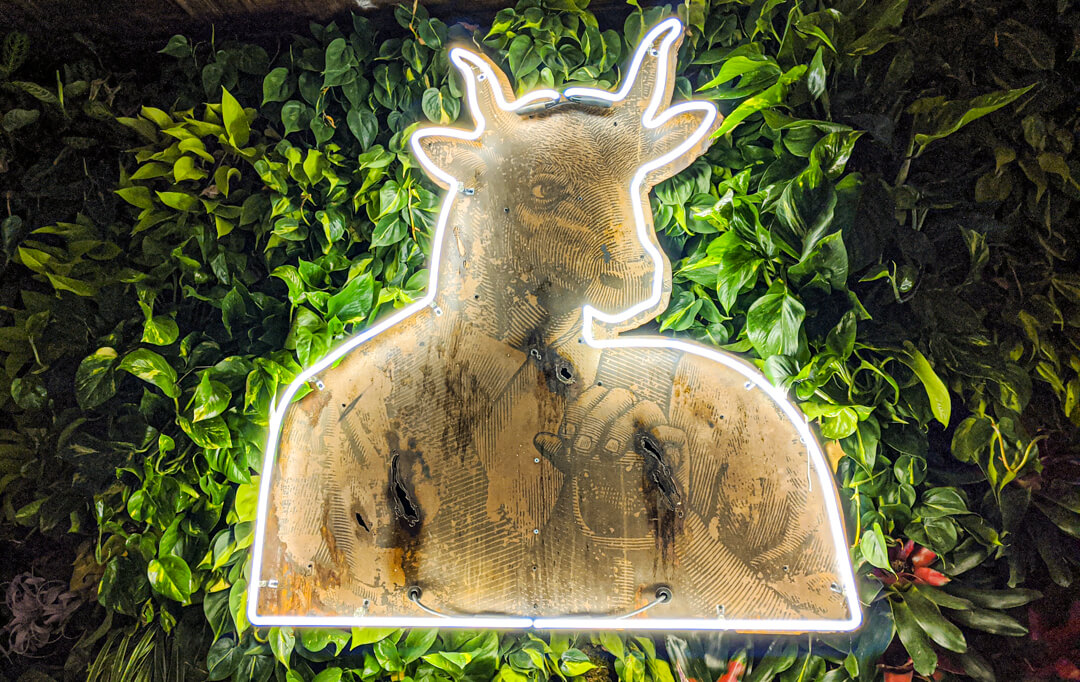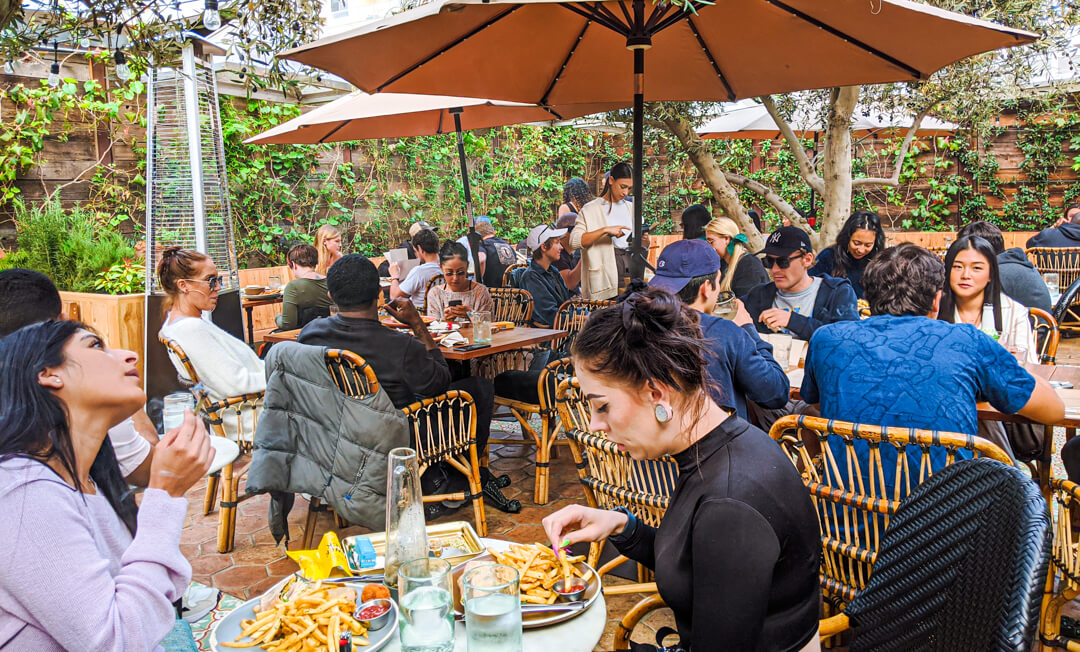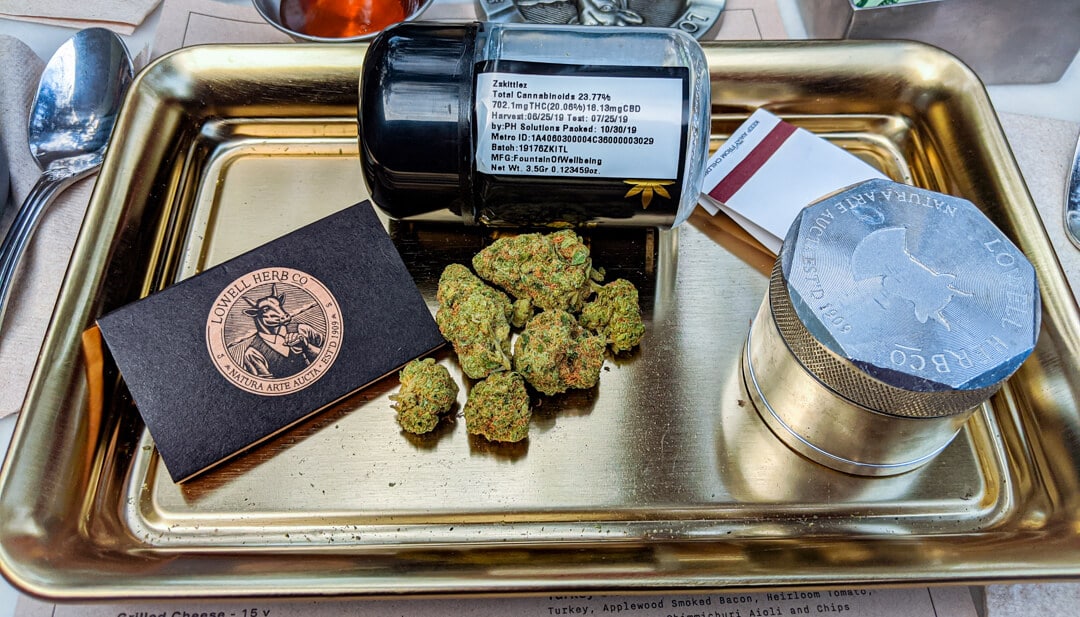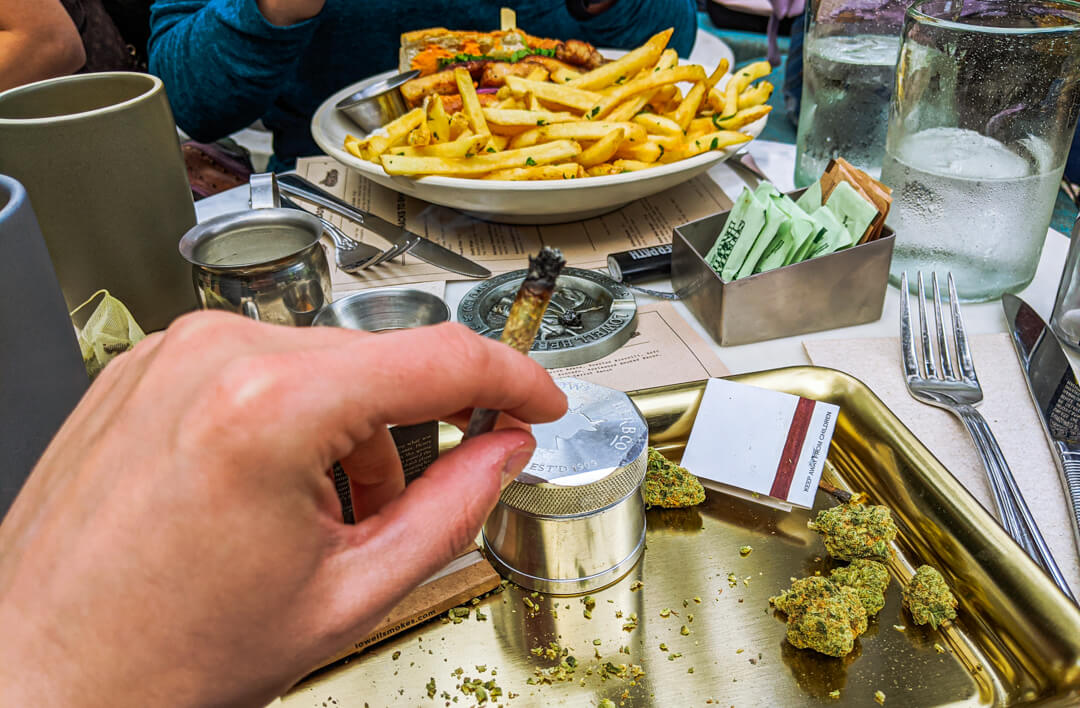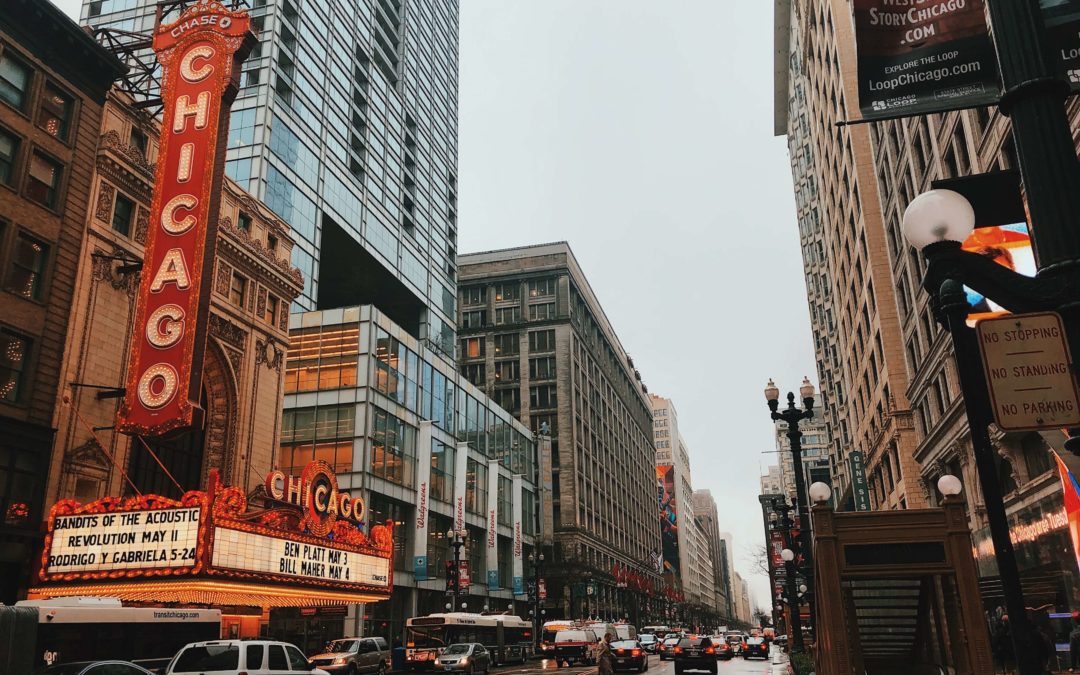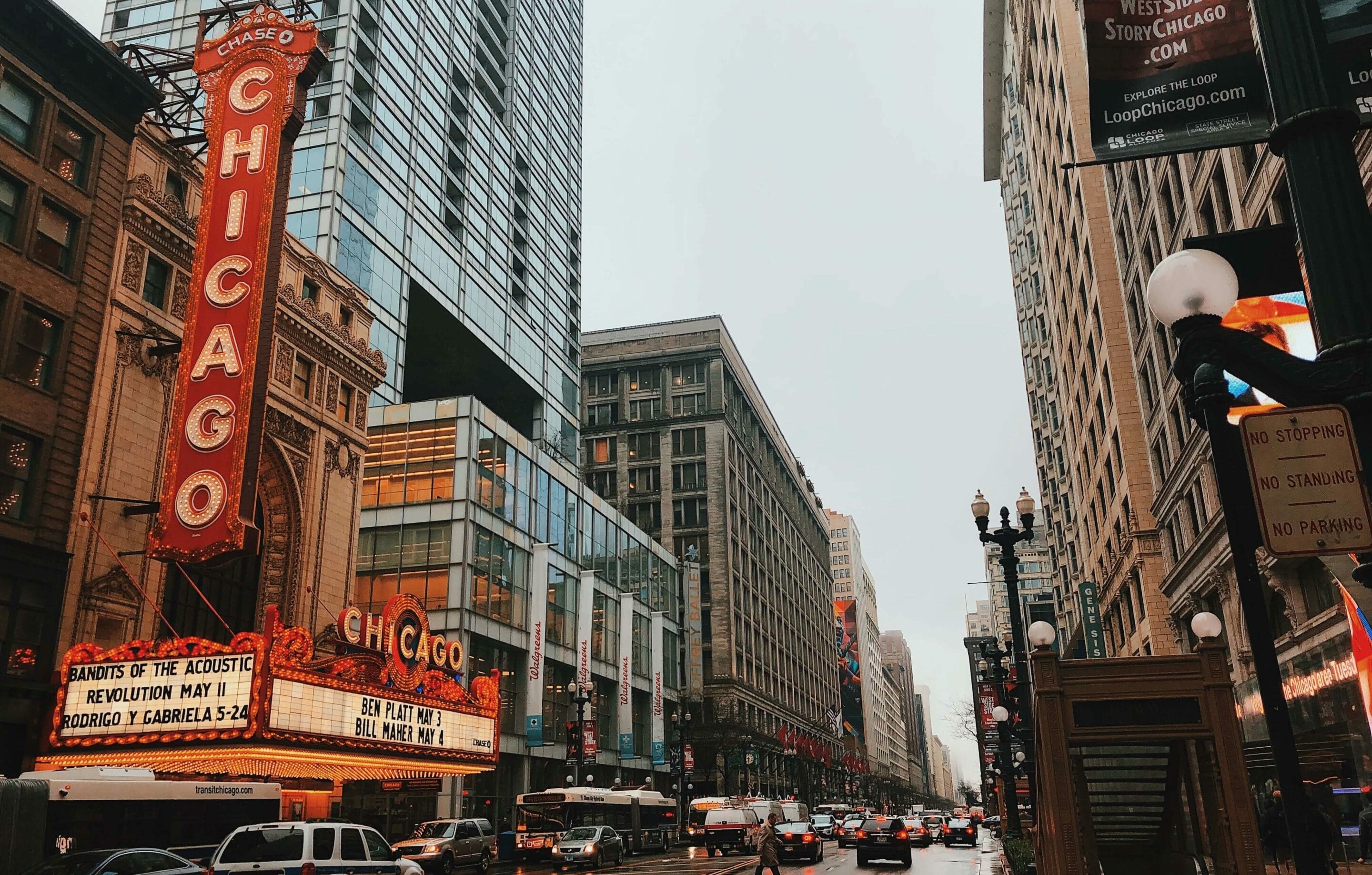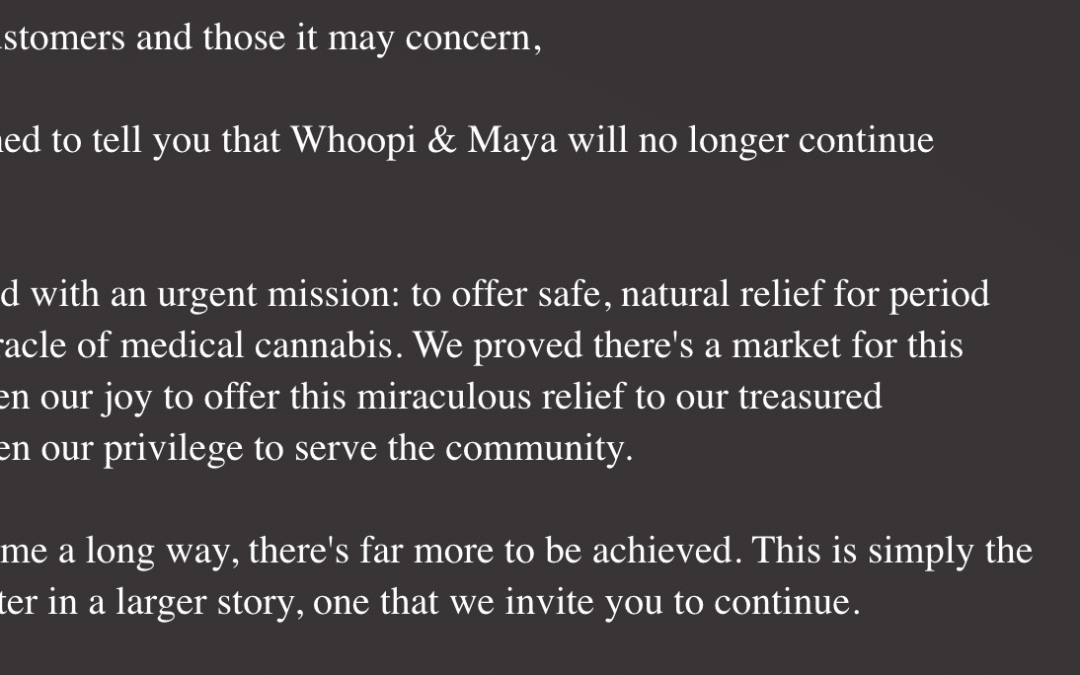
Whoopi Golderbg’s Cannabis Business Tanks
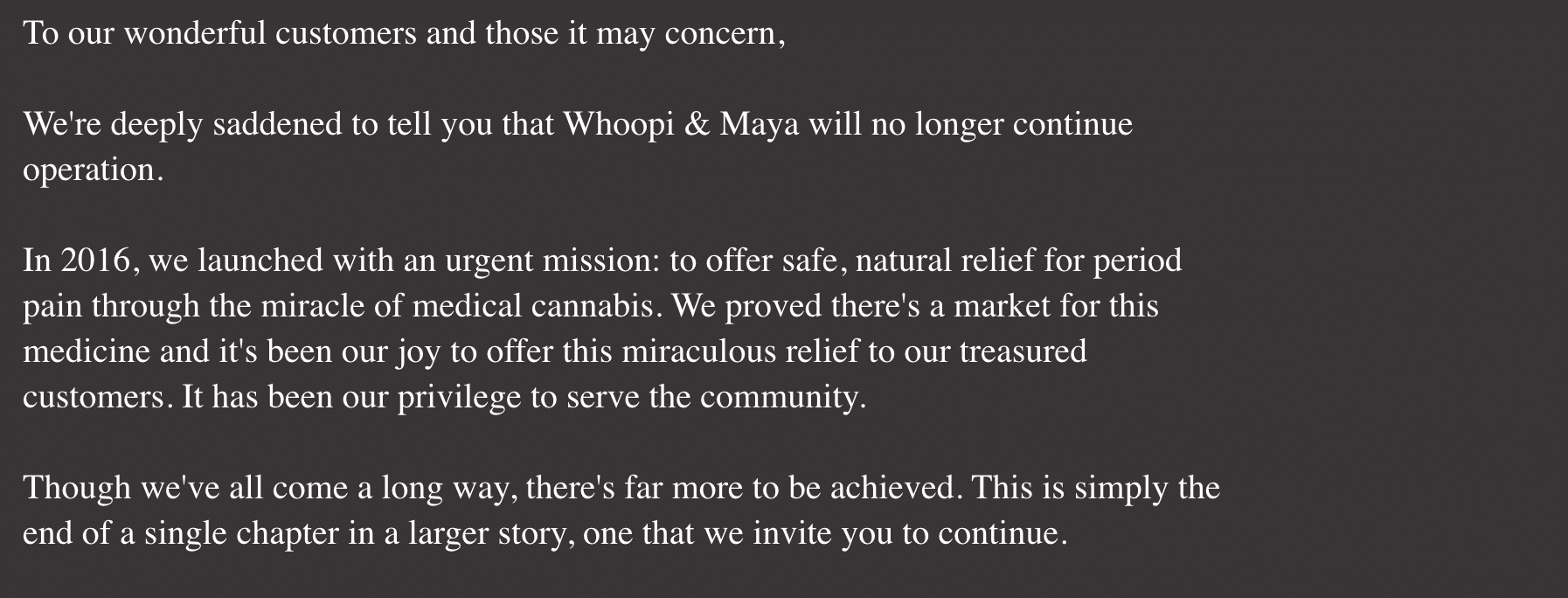
Whoopi & Maya, the medical cannabis company co-founded by Whoopi Goldberg, is closing up shop, according to a statement posted on its website.
In an interview with CNN Business, Rick Cusick, a Whoopi & Maya board member who helped found the company with Goldberg and Om Edibles founder Maya Elisabeth, said he received word Friday from Goldberg that she planned to step away from the brand.
“It became clear to everybody that Whoopi and Maya wanted a divorce,” Cusick said, noting he was speaking for himself and not the company or its board. “How do you do that? Because both of them were very integral to what we were doing.”
Whoopi Goldberg’s cannabis blunder
No special treatment for celebrities
When the company launched, California was still a solely medical cannabis market. Come November 2016, the state passed Proposition 64, which legalized adult-use sales. As the state folded in the medical cannabis regulations into the new program, it was difficult for operators like Whoopi & Maya to adapt, he said.
“Suddenly we’re jumping through hoops like every other company in California,” he said. “We were well on the way to [being cash-flow positive] but then we had to jump through hoops to change our packaging … and then change our packaging again.” Working in an emerging industry proved challenging, he said.

